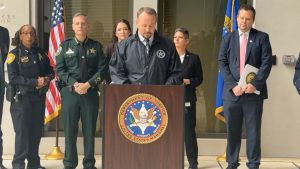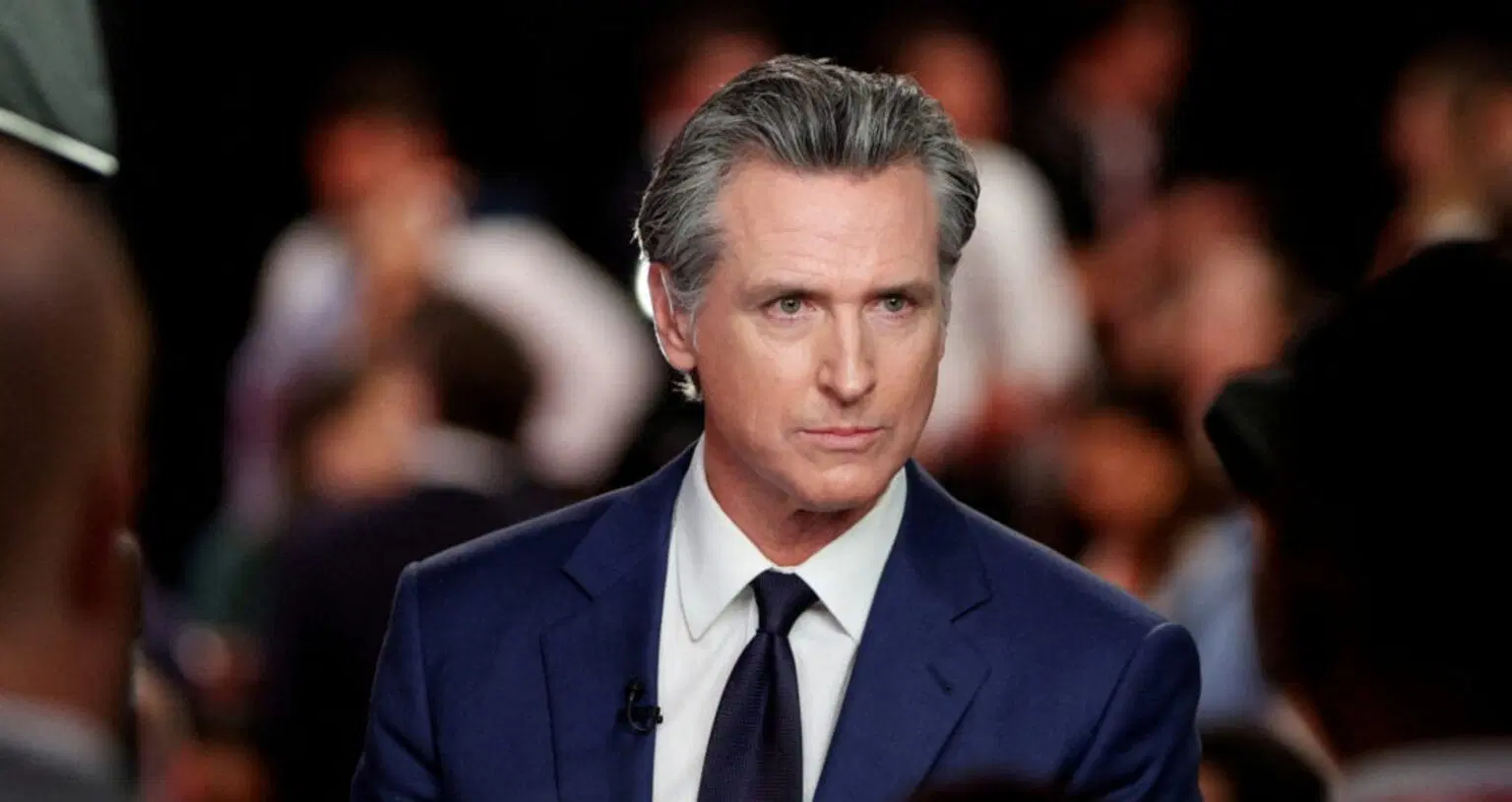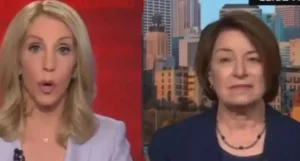California Gov. Gavin Newsom announced Thursday that his administration will deploy additional state police resources across several major regions of the state, a move that comes as his handling of crime data faces mounting criticism.
A Statewide Crime Suppression Effort
At a press conference in Sacramento, Newsom said the California Highway Patrol (CHP) and state police will be sent to San Diego, Los Angeles, Sacramento, the San Francisco Bay Area, the Central Valley, and the Inland Empire. The effort, he said, will be “targeted, data-driven, and intelligence-led.”
“These operations will be targeted,” Newsom said alongside CHP Commissioner Sean Duryee. “They’ll be based on intelligence gathering from law enforcement agencies, existing task forces, and cross-agency partnerships. And these will be unannounced efforts.”
Newsom emphasized that the surge is designed to support local police departments with additional manpower and resources. But the announcement also raises questions: if crime is supposedly down in California, why does the state need to deploy more officers?
When pressed by reporters, Newsom did not directly answer whether the surge meant he still viewed crime as a serious and growing issue. He ended the briefing without addressing the apparent contradiction.
Crime Data Controversy
The move follows weeks of criticism over Newsom’s social media messaging on crime. His press office has posted graphics comparing homicide rates in California cities to those in Republican-led states. These posts, critics argue, omit broader violent crime trends and paint an incomplete picture.
In some cases, the comparisons even targeted Democratic-led cities such as Memphis, Tennessee, and St. Louis, Missouri.
Opponents say the governor’s team is cherry-picking data while downplaying California’s ongoing struggles with violent crime, retail theft, and homelessness-related offenses.
Adding to the controversy are long-standing allegations that California has reclassified and underreported crimes in official statistics — tactics critics say mirror similar issues in Washington, D.C.
The Proposition 36 Debate
The law enforcement surge also rekindled debate over Proposition 36, a sweeping anti-crime ballot initiative approved by voters in 2024 despite Newsom’s opposition.
Newsom initially fought to keep the initiative off the ballot and later omitted implementation funding from his budget proposals. Only after tense negotiations with Assembly Speaker Robert Rivas and Senate President Pro Tem Mike McGuire did Newsom agree in June to include $100 million in funding for Proposition 36.
The allocation breaks down as follows:
-
$50 million for county behavioral health departments
-
$20 million for court costs
-
$15 million for pre-trial services
-
$15 million for public defenders
Supporters had requested between $250 million and $400 million, calling the final figure inadequate. The California District Attorneys Association, law enforcement groups, and even some organizations that opposed the initiative argued that more funding was needed to handle its consequences.
Inconsistent Messaging?
Critics argue that Newsom’s handling of crime reflects a broader pattern: emphasizing favorable statistics and public narratives while quietly conceding that public safety remains a challenge.
While his office promotes declines in homicide rates compared to other states, his decision to greenlight a statewide police surge suggests ongoing concern about California’s largest cities.
The governor has faced similar accusations before — presenting progressive policy messaging while pragmatically adopting tougher measures under pressure from voters and local leaders.
For now, the law enforcement surge underscores a central tension in California politics: balancing the state’s progressive identity with mounting demands for stronger responses to crime.
With 2026 midterms approaching and the national spotlight often on California’s policies, the effectiveness — or failure — of Newsom’s crime strategy could carry political consequences far beyond the state.

James Jenkins is a celebrated Pulitzer Prize-winning author whose work has reshaped the way readers think about social justice and human rights in America. Raised in Atlanta, Georgia, James grew up in a community that instilled in him both resilience and a strong sense of responsibility toward others. After studying political science and creative writing at Howard University, he worked as a journalist covering civil rights issues before dedicating himself fully to fiction. His novels are known for their sharp, empathetic portraits of marginalized communities and for weaving personal stories with broader political realities. Jenkins’s breakout novel, Shadows of Freedom, won national acclaim for its unflinching look at systemic inequality, while his more recent works explore themes of identity, resilience, and the fight for dignity in the face of oppression. Beyond his novels, James is an active public speaker, lecturing at universities and participating in nonprofit initiatives that support literacy and community empowerment. He believes that storytelling is a way to preserve history and inspire change. When not writing, James enjoys jazz music, mentoring young writers, and traveling with his family to explore cultures and stories around the world.









